Elon Musk has once again ignited the auto industry with a bold declaration—Tesla’s long-awaited robotaxi service is finally ready to launch. At a recent shareholder meeting, Musk confirmed that the service will debut in Austin, Texas, marking a historic milestone in Tesla’s pursuit of full autonomy.
This move isn’t just another software upgrade or a beta feature—it’s a full-scale rollout of a driverless ride-hailing fleet, designed to fundamentally change the way people think about car ownership, transportation, and mobility.
A Strategic Pivot Toward Autonomy
While traditional car sales continue to generate revenue, Musk made it clear: Tesla’s future lies in autonomy. The robotaxi initiative is seen not only as a technological leap, but a new business model that could rival and even replace conventional sales. As Musk put it, the robotaxi will be “so compelling that people will prefer using it over owning a car.”
Instead of pushing for ever-growing sales volume, Tesla is now focused on scaling its autonomous fleet and deploying it as a revenue-generating service. By operating its own ride-hailing network, Tesla plans to leverage its vehicles as active income-generating assets, rather than one-time purchases.
Austin as the Launchpad
Austin, known for its innovation-friendly ecosystem and Tesla’s massive Gigafactory, was a natural choice for the service’s launch. With a dense urban layout, favorable regulatory environment, and deep Tesla presence, the city offers the ideal testing ground for real-world autonomy.
The robotaxi service will rely on Tesla’s in-house Full Self-Driving (FSD) system, which has received significant updates in recent months. Tesla engineers claim that the current FSD version can safely navigate city streets without human intervention—though legal and public safety hurdles still remain.
Impact on Tesla’s Earnings and Strategy
The robotaxi announcement comes at a critical time. Tesla’s traditional vehicle sales have shown signs of slowing, and investors have been looking for new catalysts to drive growth. By positioning robotaxis as the future profit engine, Tesla is shifting the narrative away from hardware sales and toward mobility-as-a-service.
Analysts say this new model could drastically improve Tesla’s margins, as each robotaxi could bring in recurring income over years of service. Some projections estimate that a single autonomous vehicle could generate significantly more revenue than a one-time car sale—especially when scaled across thousands of units.
Challenges Ahead
Despite the optimism, Tesla faces several hurdles before the robotaxi dream becomes widespread reality. Regulatory approvals, safety concerns, insurance frameworks, and public trust remain key obstacles. Musk himself acknowledged that while the technology is ready, broader adoption depends on how quickly cities, regulators, and the public adapt.
Still, if any company can push the boundaries of what’s possible, it’s Tesla. Musk’s track record of delivering on ambitious promises—however delayed—keeps Tesla at the forefront of innovation.
Conclusion: A New Era in Motion
Tesla’s robotaxi rollout represents more than just a product launch—it’s a declaration of intent. The age of autonomous mobility has arrived, and Tesla wants to own the road ahead.
Whether this future unfolds rapidly or gradually, one thing is clear: the way we move is about to change forever—starting in Austin.

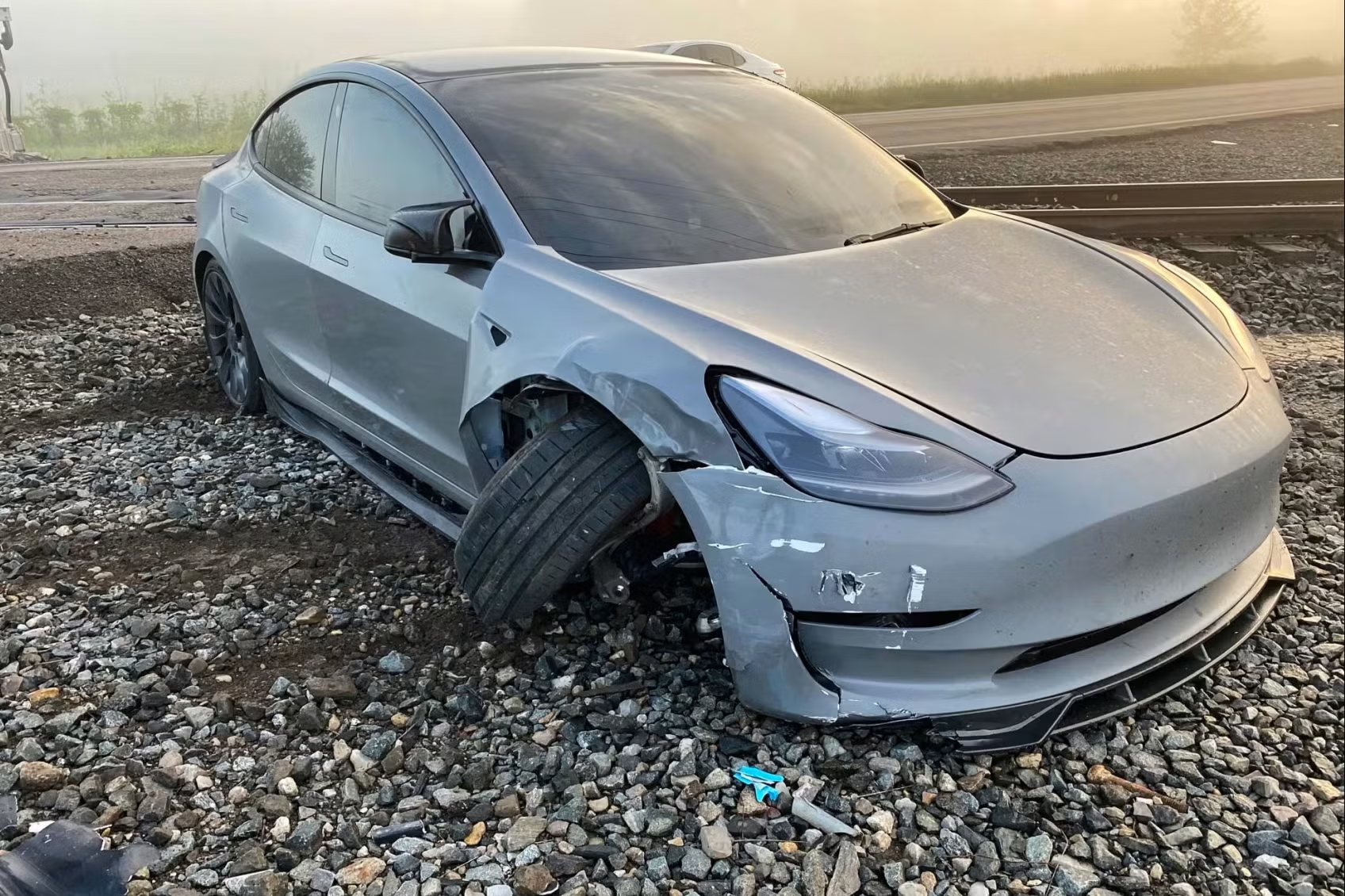

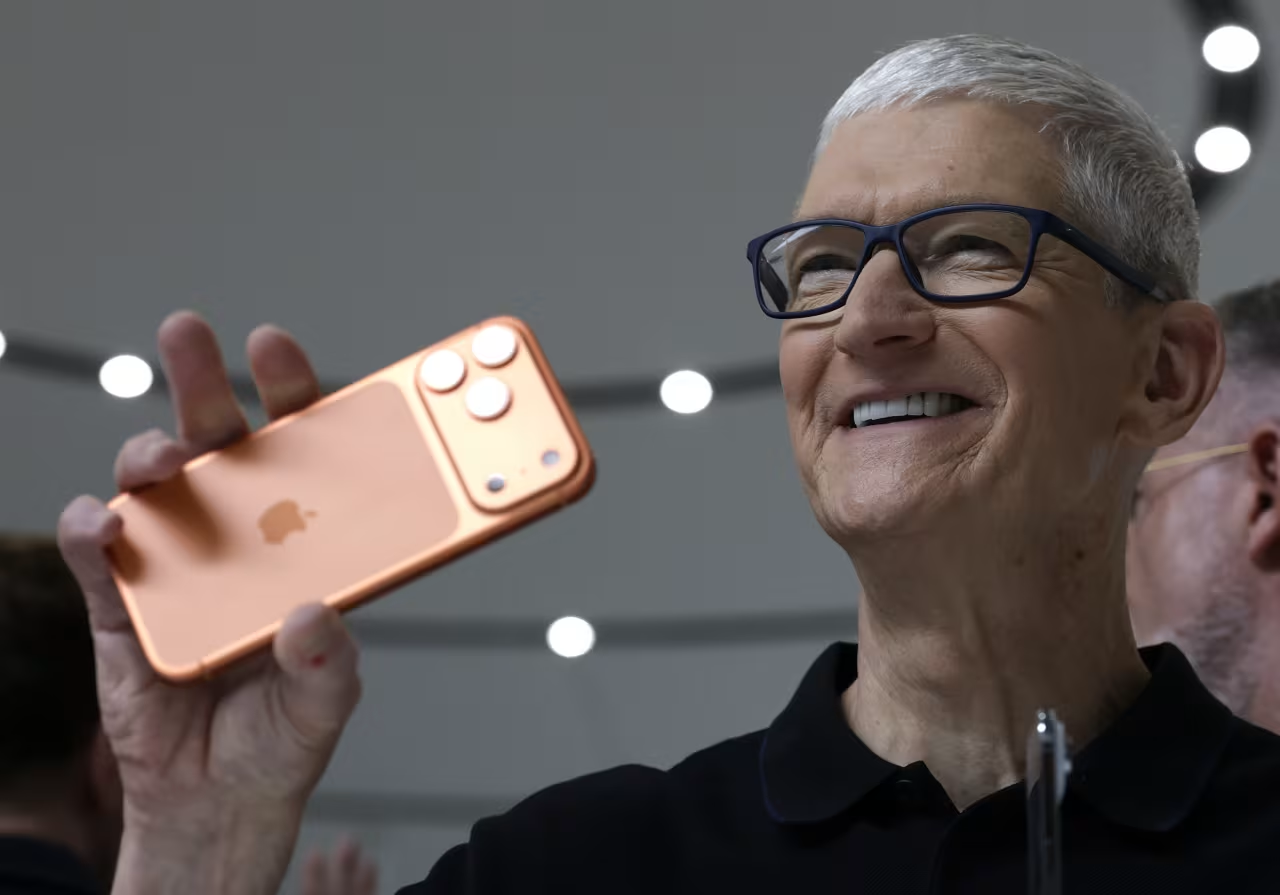
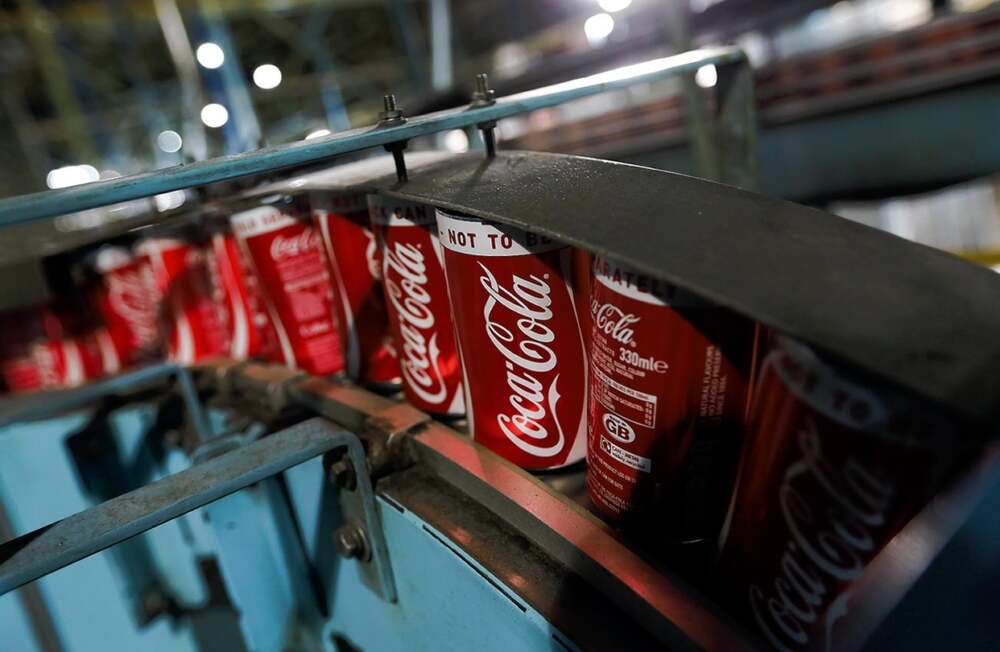

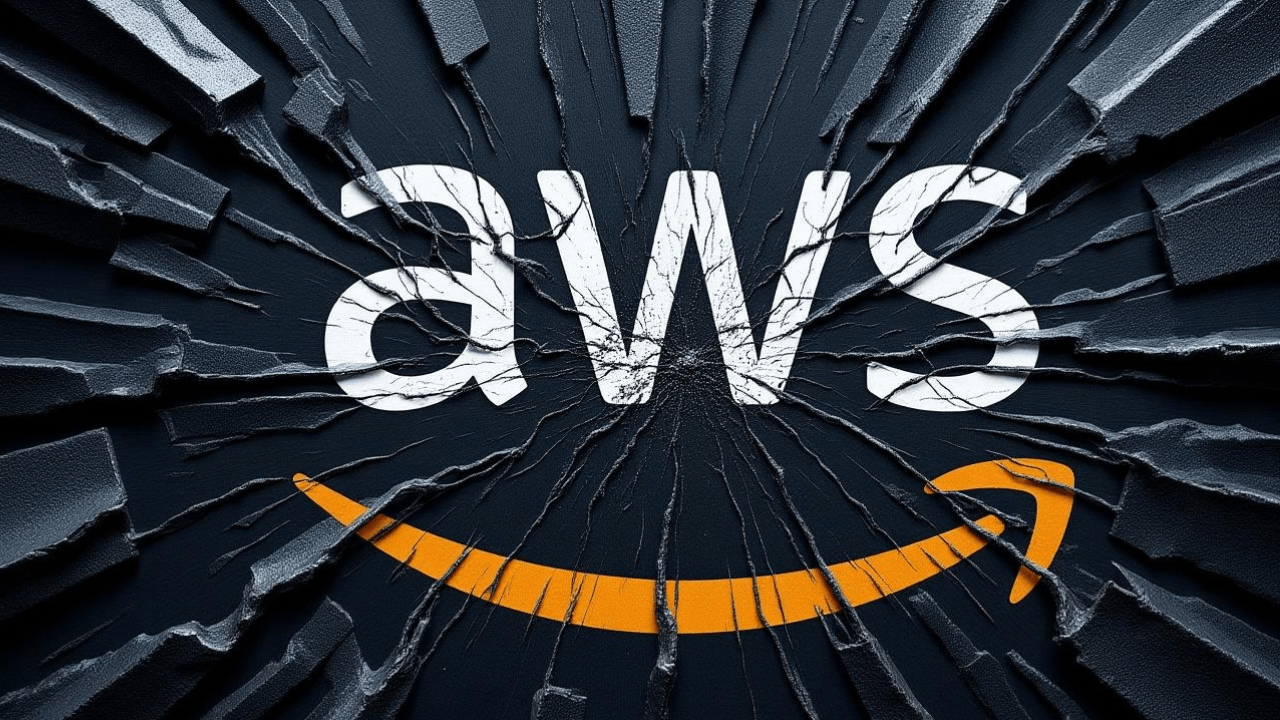

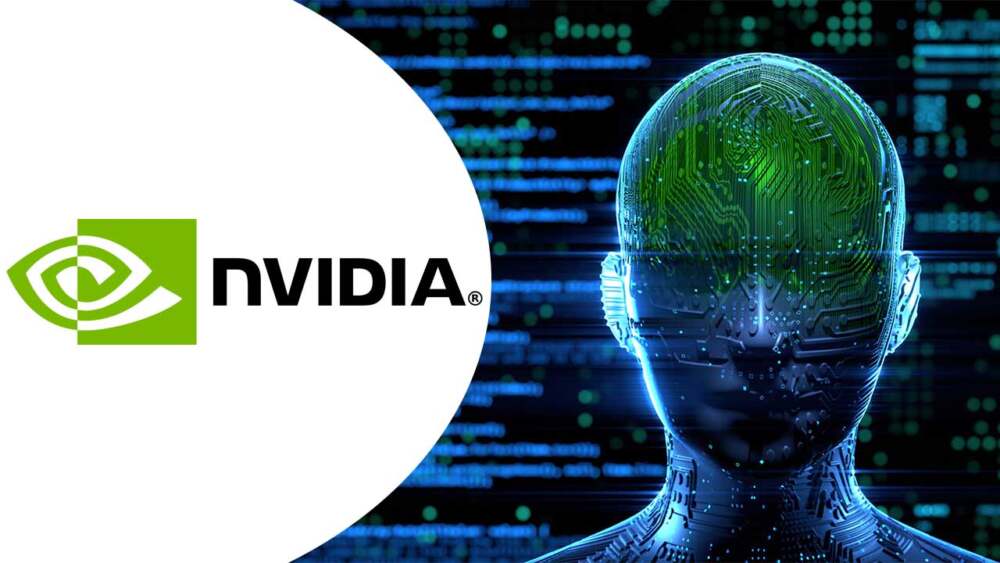
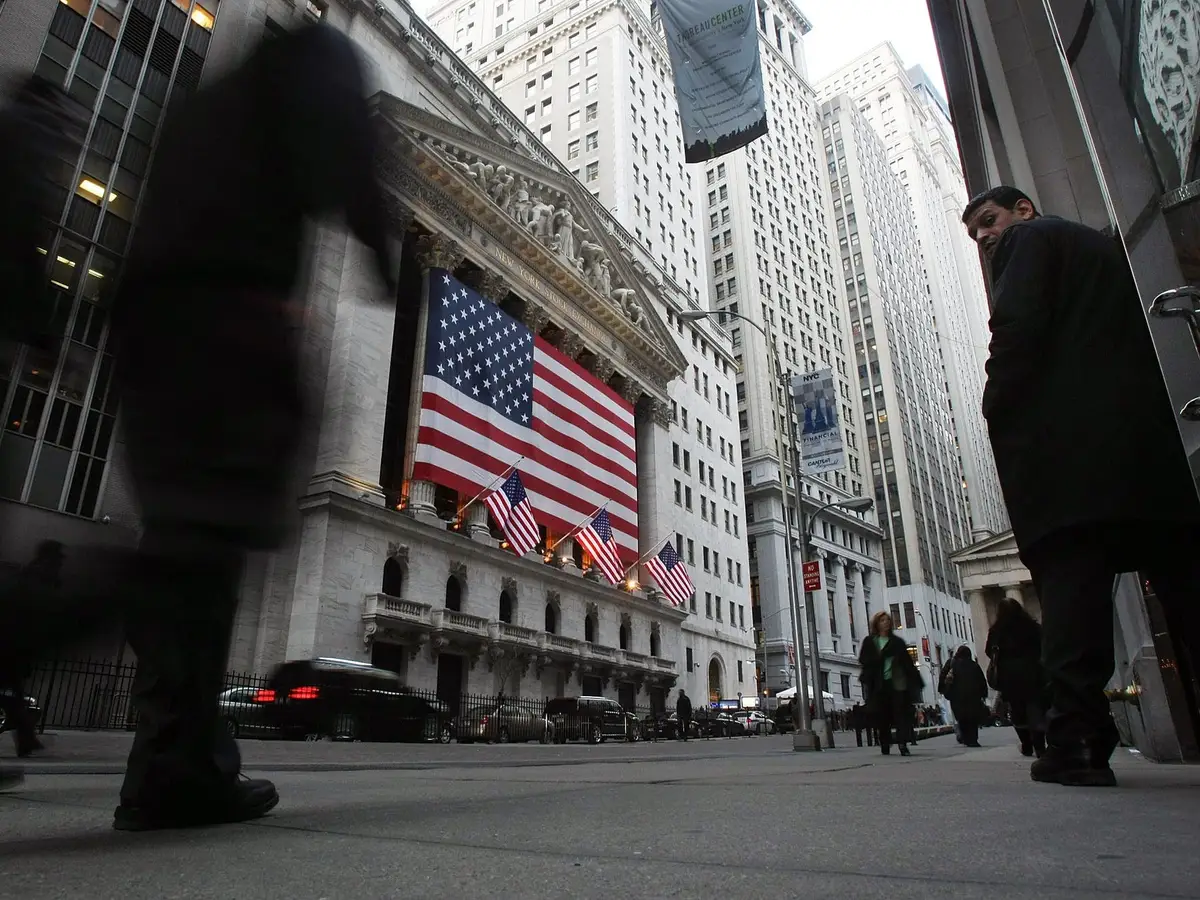


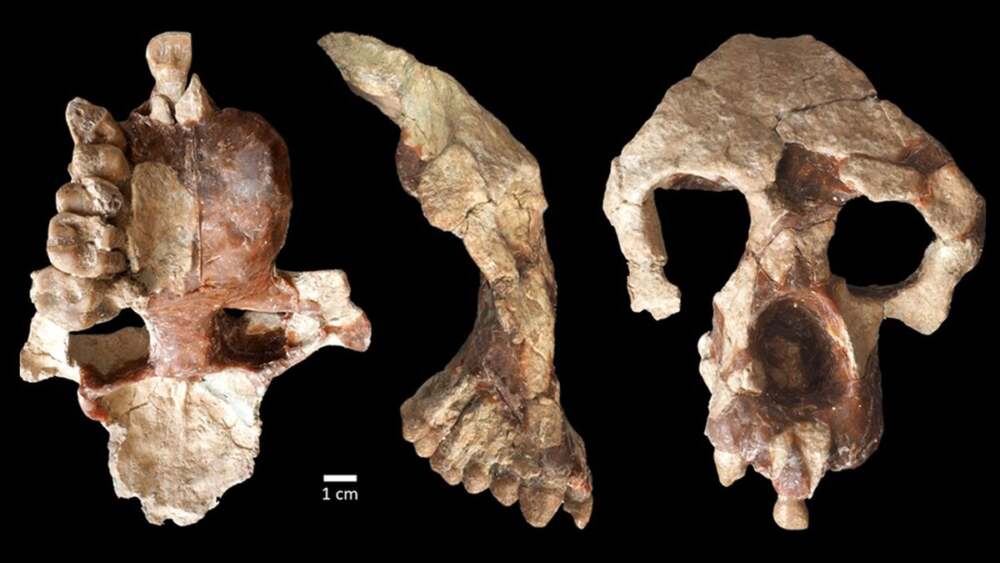

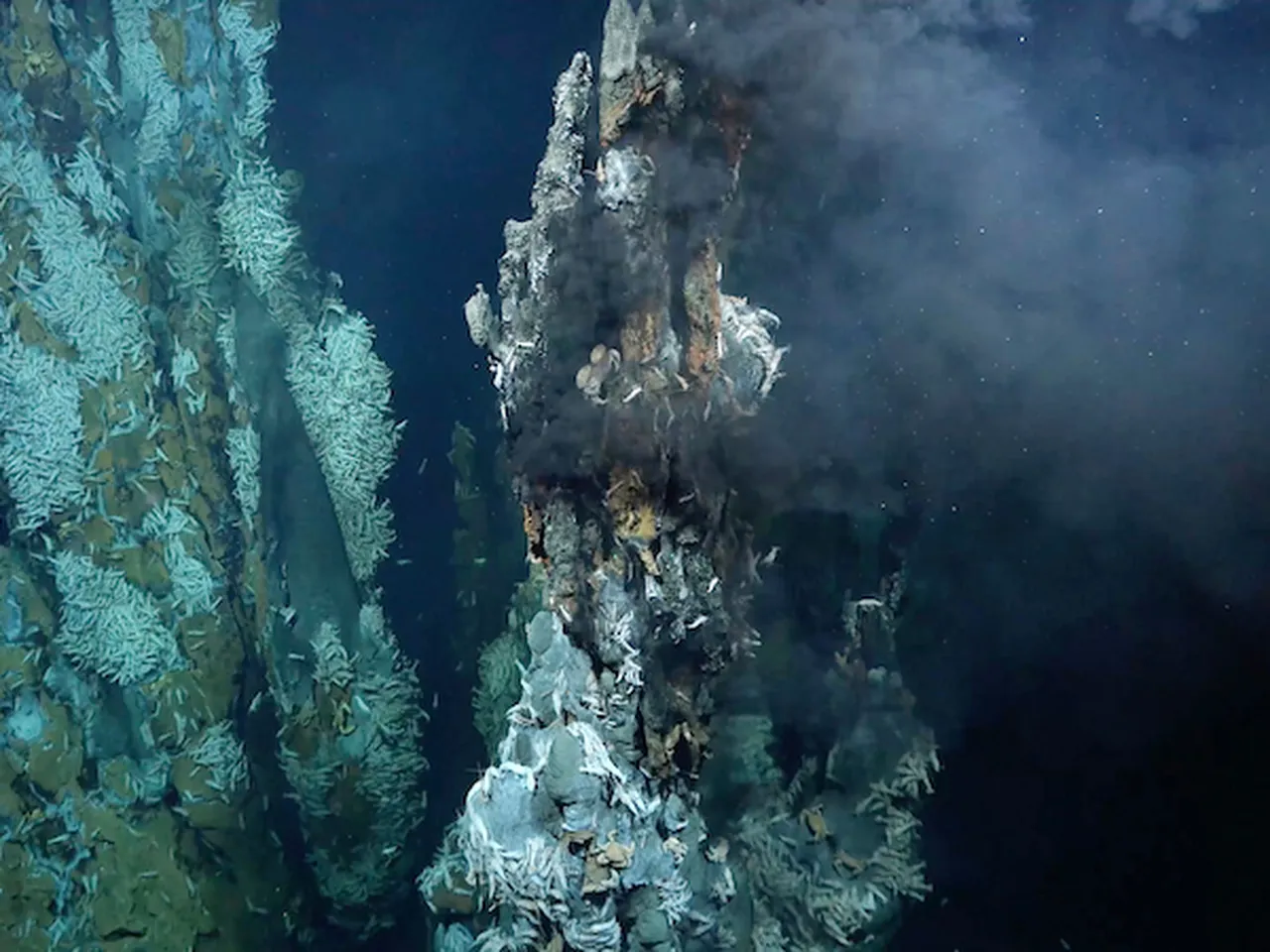

Leave a Reply